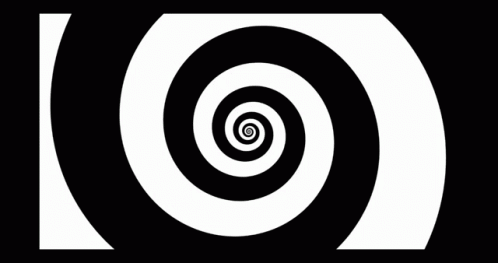hoodiwahoodiha
By wangus on March 13, 2022 11:50 pm
M8 tracker, raw internal render. Vocals were sampled straight from Zoom H5 into M8, and processed internally (more notes coming soon...). Everything else is synthesized.
A revisit of one of the earlier things I ever made on M8 (before I had the actual hardware even). Was pretty stuck on the sketch then, but I'm a lot more familiar with the M8 now, and the vocals really unlocked the vibe i didn't know i wanted.
This *really* wants to be at least twice as long. there's a whole section I didn't have time to explore, and we really need another drop...
With 10 WB submissions down, all M8, I'm thinking I might bundle them up into a mini album release. A bit of mastering (just post-processing the original recordings; I'd like to keep this album as a real record of the week-by-week products), and ordered for best listening. (similar to what I did in 2020)
And then shift gears for the next 10—get back into the OP-1?
Some notes/musings:
* I really like the twangy main intro instrument. Wavesynth with some drunk LFO that subtly evolves tone, bringing out different voices at different times
* The main bass started as a wavesynth triangle, medium number for that harmonic buzziness. And it gradually evolved into the more complex but still subby sound here. Kinda muddy, wants a highpass to clean up the low end, but there’s already a bandstop filter critical to the sound.
* Sloppy vocals in the first half, but no time to perfect that. I like the raw sound, but maybe not this much…
On the almost-synthesized-sounding vocals (not synthesized):
* I recorded the syllables hoodiwahoodiha at one tone, and found the M8 sampler could do some really cool mangling. As i see it, basically a short enough sample loop length introduces a new apparent pitch to the sample (the loop frequency), while still retaining some of the tone of the original. So you can shift pitch so that new tone is back on the original note, and the original sample content is now shifted. Almost like a formant shift.
* An envelope scrubs the loop start position so the sample resembles the original still even with the small loop window.
* That plus some degrade gives a ton of sweet-spot transformed tones
The most subtle trick that’s actually super important here: very tight (like tick-rate sometimes, synced to LFOs) modulation of chorus/reverb send. Surgically cut stereo width, without muddying too much. I had the reverb set to a very small size and medium-short decay for a lofi boxy tone, so it was easy to overdo on a rich patch (like some bass sounds here) without strategic send modulation.
That said, some of the key sounds (like the main rolling bass) are almost totally dry/mono. I personally dig a deliberate dryness to a mix; let the sounds really stand for what they are.
Oh, and the video. A crosswalk signal I rigged with a custom MIDI interface (making of). Right now just programmed as a MIDI note for each segment (2x 7-segment digit, plus hand and person), velocity controlling brightness. I sequenced the animations on the M8. Absolute mess of tables; peaking at like 200 notes per second in some parts I think...
(side note, a regression I noticed: ADD/CHD no longer follows table volume. It used to be that setting volume in a table would send a note off and a note on at the new velocity. Now it seems to lock to the original velocity; I didn't inspect closely, just noticed I couldn't fade animations like I used to)
Audio works licensed by author under:
Copyright All rights reserved

